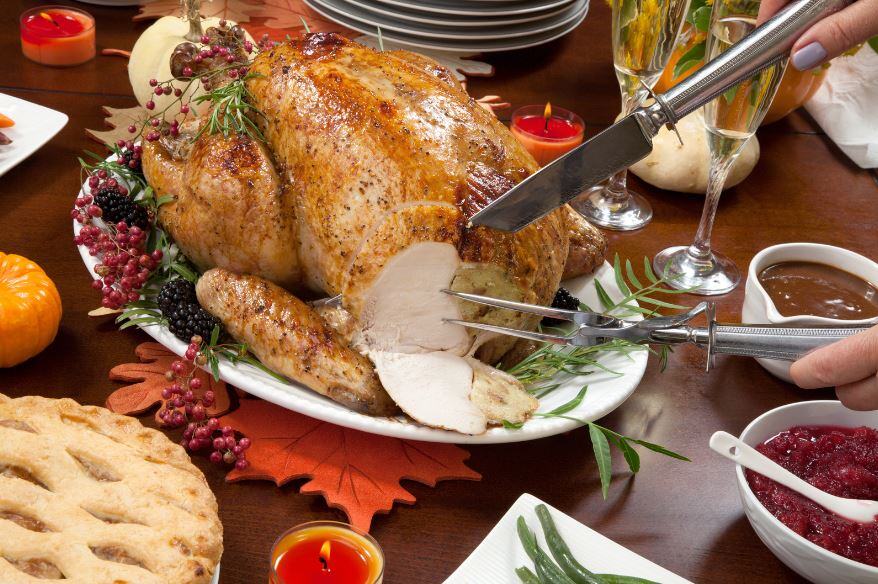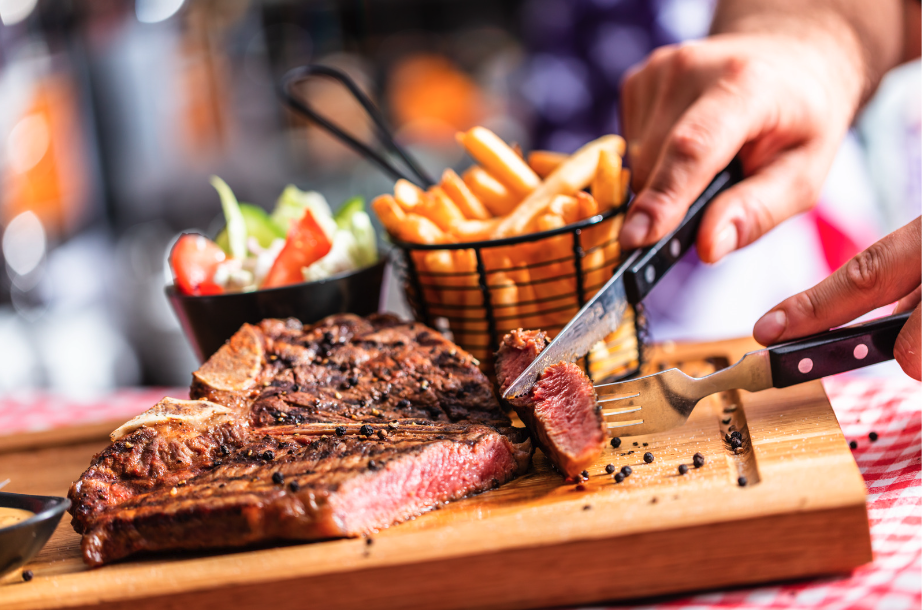
Navigating the US Healthcare System: Essential Tips for Expats
If you’ve just relocated to the United States for work, you might not think about finding a doctor or accessing ...
.png)
Table of Contents
Every year on October 31st, people all over the United States celebrate Halloween. Children and adults dress in costumes and attend parties, visit haunted houses, and go trick-or-treating. One of the most anticipated holidays in the U.S., Halloween has a rich history that stretches back centuries.
Halloween’s roots can be traced back to the ancient Celtic festival of Samhain, celebrated over 2,000 years ago in what is now Ireland, the United Kingdom, and northern France. Samhain marked the end of the harvest season and the beginning of winter, when the boundary between the worlds of the living and the dead became blurred.
During this time, it was believed that ghosts returned to the earthly world, and people thought they would encounter ghosts if they left their homes. To avoid being recognized by these ghosts, people would wear masks when they left their homes after dark so that the ghosts would mistake them for fellow spirits. To keep ghosts away from their houses, people would place bowls of food outside their homes to appease the ghosts and prevent them from attempting to enter.
Halloween arrived in the United States with Irish and Scottish immigrants in the 19th century. However, early American celebrations of Halloween were quite different from modern festivities. Activities included fortune telling, pranks, and ghost stories, reflecting the holiday’s more mysterious and supernatural aspects.
One popular tradition during this time was “souling”, where children and the poor would visit wealthy homes and receive food or coins in exchange for prayers over their deceased loved ones. Over time, these traditions became the more familiar practice of trick-or-treating as a way for an entire community to share the Halloween celebration. The theory was that families could prevent tricks from being played on them by providing the neighborhood children with treats.
Today, the phrase “trick-or-treat” is still used but is less literal. Children no longer intend to pull a prank if they aren’t offered candy. And if a household doesn’t wish to hand out candy, they can turn off their porchlight to indicate they are not participating.
The transformation of Halloween into the holiday we know today can be attributed to commercialization and the influence of popular culture. In the early 20th century, Halloween began to lose some of its superstitious and religious overtones. This shift can be attributed to the marketing efforts of candy companies, the mass production of costumes, and the portrayal of Halloween in movies and TV shows.
Thus, a new American tradition was born and has continued to grow. Americans spent $12.2 billion on Halloween in 2023 and are expected to spend $11.6 billion in 2024. It is the country’s second-largest commercial holiday after Christmas.
Speak to an Expert About Language or Culture Training
Trick-or-treating, a practice that gained popularity in the mid-20th century, became a central aspect of Halloween. Children would dress in costumes and visit homes in their neighborhoods, collecting candy and other treats.
Today, Halloween is celebrated across the United States in many ways. In addition to trick-or-treating, people participate in haunted house tours, costume parties, and parades. Home decorations have become increasingly elaborate, with some neighborhoods even competing for the spookiest or most creative displays. Other popular activities during “spooky season” include pumpkin carving, corn mazes, and bobbing for apples.
Halloween in the U.S. has come a long way from its ancient Celtic roots, evolving from a solemn, superstitious holiday into a vibrant, inclusive celebration. It’s a time for people of all ages to dress up and have fun. Halloween has become an integral part of American culture, whether you’re attending a costume party, taking your kids trick-or-treating, or decorating your home with spooky decorations.
Interested in learning more about American culture? Let us know! We offer intercultural training to help you gain a broader world perspective.
This blog post was written by Megan Tully, Marketing Manager.

If you’ve just relocated to the United States for work, you might not think about finding a doctor or accessing ...

Thanksgiving in the United States Thanksgiving is a beloved holiday in the United States - a time for families and ...

Etiquette for Dining Out in America Dining out is a great way to get out of the house and explore your new home! ...
Please fill out the form below for more information or to schedule a consultation.